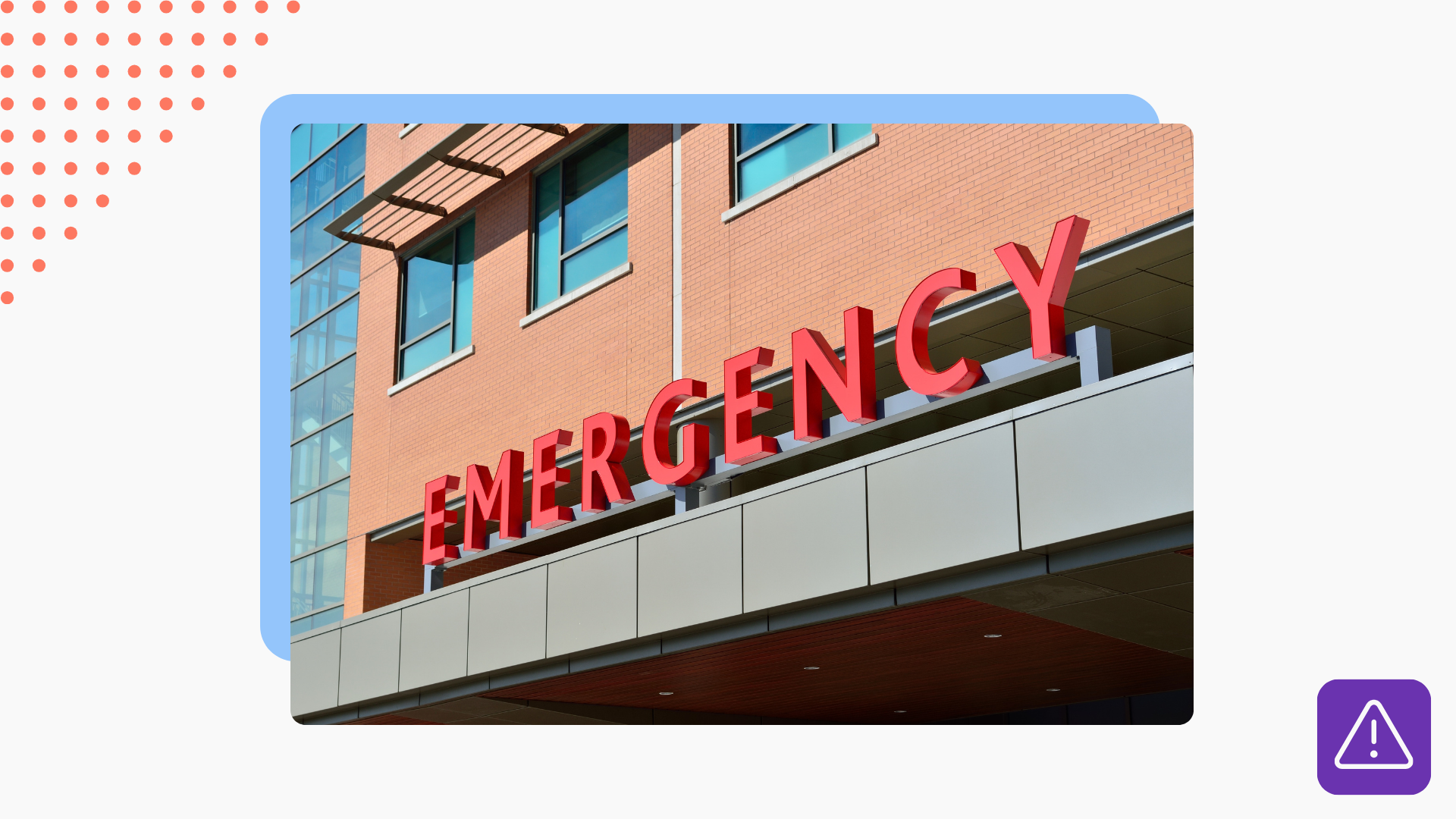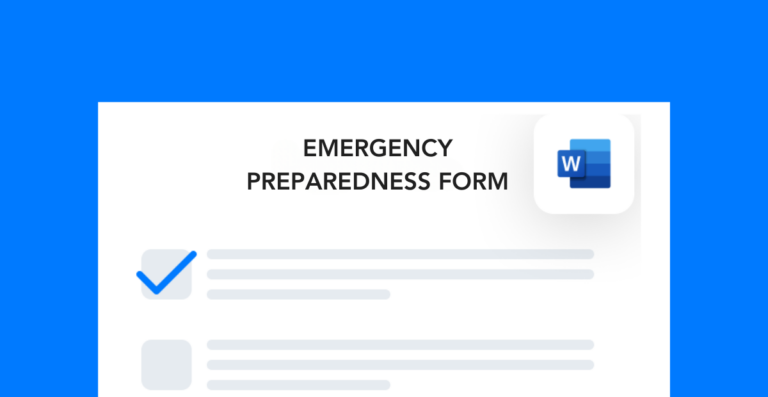Writing an emergency action plan is an important part of creating a larger site-specific EHS program. In my experience, the planning process is where you’re likely to find a lot of great ideas for safety improvements. That’s because it forces you to consider how your existing operations would either hurt or help in the event of an emergency.
While writing your plan, don’t forget to make note of any improvement project ideas you have. You might be surprised at how many small changes you can take to make your site more emergency-friendly (and resistant).
Purpose of an emergency action plan
An emergency action plan explains the site’s emergency response procedures. The point of having one on hand is to cut down on the chaos during an emergency.
Now, as an EHS professional I can tell you that when incidents happen, nobody is reading the plan line-for-line to figure out what to do. But these plans are essential because they help fill in the gaps when the time comes. Plus, they have important contact information that not everyone will have available otherwise.
Your goal when creating your plan should be to make it as user-friendly and easy-to-use as possible. By including only the mission-critical information and excluding fluff language, you can make a valuable document for your team.
Below, I’ve listed out all the sections I think you should include in your plan and a description of what details you should share.
Responsibilities and leadership
This section should answer the following questions:
- Who is the incident commander during an emergency?
- Who should coordinate first aid efforts?
- Who should coordinate evacuation efforts?
- Who should notify emergency services?
You might also use this section to talk about what your employees should do during an emergency. Most of the plans I’ve seen, however, simply state that workers should follow the guidance of their managers.
Contact information
No emergency action plan is complete without critical contact information. Here are some of the contacts you’ll want to include in yours:
- Emergency services (fire, police, police, hazardous waste, etc.)
- Highest-ranking manager at the facility
- Property owner/landlord
- Utility companies (gas, water, sewage, electric)
You may also choose to include other contact information like the names and phone numbers of the managers for each shift and/or department.
Emergency notification procedures
Every good plan needs to clearly outline the emergency notification procedures to follow. So, you’ll want to include details on who to contact for each type of emergency.
In this section, you might also decide to list contact information or to direct people to the contact section. Just make sure people can easily find the phone numbers they need.
Evacuation and shelter in place protocols
One of the most important sections for your initial response is the evacuation procedures. That’s because getting everyone to safety is most likely the top priority. In events like active shooters, the top priority is getting to safety but that doesn’t necessarily mean evacuating is an option.
Therefore, it’s important that this section addresses multiple scenarios and the best practices for evacuating. Here are some questions to answer with your evacuation guidelines:
- Where are the exits within the site/facility located?
- Where are the meeting locations outside of the facility?
- What role do managers play in getting everyone outside?
- If primary exits are blocked by fire or other hazards, where should employees go?
- In which scenarios should employees shelter in place instead?
Make sure you include detailed maps and diagrams of the evacuation routes and assembly areas you want people to use. For shelter in place procedures, make sure you outline which scenarios they apply to and describe how workers can best protect themselves.
Communication and personnel management
The number one thing that makes an emergency chaotic is poor communication. This is why it’s essential to establish communication procedures prior to these situations.
Here are the things that you need to include in this section:
- Methods of communication (radios, phones, etc.)
- Assembly zones
- Method of accounting for all workers
A great best practice in my experience is to print out employee rosters before each shift. Your rosters should include all employees who clocked in or badged into the building for that day.
In many emergencies, you won’t have access to a digital copy of this information. Printing out physical copies of your rosters should be a standard practice so you’re never unprepared.
Training and emergency preparedness
Lastly, you should be sure to outline how you will prepare employees for emergencies. This includes establishing training plans and scheduling practice drills.
Make sure you attach a log of all the drills you’ve completed in the past. This is important for performing a post-emergency review. Imagine that you have a fire emergency and it’s extremely chaotic to get everyone organized and accounted for.
If you check your logs and realize you haven’t done a drill in ten months, you can make sure to schedule drills more frequently to better prepare moving forward.




